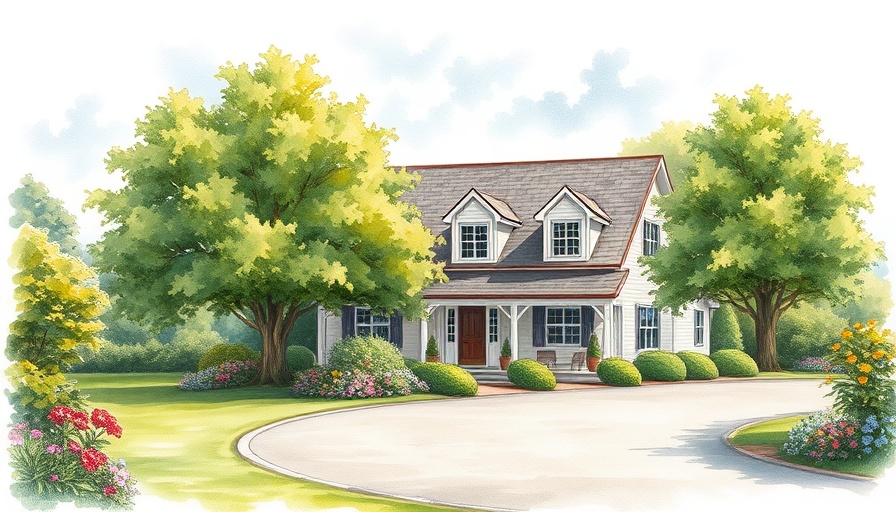
The Return of Traditional Design: What’s Old is New Again
In the world of home design, trends come and go with the seasons. But some ideas are simply too good to fade away. The resurgence of traditional design in the 2025 Idea House highlights a fascinating shift back to roots that offer a comforting familiarity amidst an impulsive world of modern minimalism. So what is driving this trend? Let’s dive in!
Why Traditional Design is Making a Comeback
With the fast-paced changes of modern technology and the ever-increasing demand for sleek, open layouts, one might think that traditional design schemes would feel outdated. However, homeowners are increasingly seeking stability and nostalgia as a counterbalance to our uncertain times. Traditional design brings warmth, with curated touches that speak to what many of us consider the heart of the home, a sanctuary from the chaos beyond.
Function Meets Aesthetic: The Perfect Marriage
One key to this design revival lies in its ability to blend function with aesthetic appeal seamlessly. Many homeowners find themselves eager to create multi-generational spaces that feel inviting and functional. In this year’s Idea House, traditional homes will utilize clever architectural features and cutting-edge technology to ensure that the charm of yesteryear doesn’t compromise modern conveniences.
Smart Tech’s Role in Traditional Design
Speaking of conveniences, let’s not forget the invaluable role of smart home technology. As someone who passionately follows the latest advancements in this field, I can assure you that traditional designs can coexist harmoniously with innovative gadgets. For instance, using smart thermostats and automated lighting systems can yield an environment that is both cozy and efficient. Imagine stepping into a traditionally decorated living space equipped with state-of-the-art security systems discreetly integrated into the charming woodwork.
Open Floor Plans vs. Closed Spaces: A Balancing Act
While open floor plans have dominated the design scene for years, this revival is sparking debates. More homeowners are discovering the hidden joys of closed spaces, providing personal nooks conducive to quiet reflection amidst the bustle. Dining rooms are making a return to the forefront, re-establishing their importance as spaces meant for gathering, connection, and savoring home-cooked meals with family.
What This Means for Homeowners
The revival of traditional design doesn’t just point toward aesthetics; it speaks volumes about how we want to live today. It emphasizes comfort, functionality, and memories. Homeowners are empowered to curate spaces that reflect their unique stories—spaces that not only house their belongings but also carry their essence. Whether you’re looking to remodel, or just add touches to your current space, embracing traditional design principles can be easy.
Calling on Comfort: Making the Most of Your Space
If you’re inspired by this trend, consider how you can incorporate traditional elements into your own home. Think cozy seating, muted palettes, and layered textures yearn for nostalgic home vibes. Whether it's introducing vintage decor or revamping a beloved family heirloom, these can reinvent your space while preserving its unique character.
Conclusion: A Timeless Choice
The revival of traditional design in the 2025 Idea House serves as a reminder that comfort, functionality, and warmth are timeless. As you explore your own design journey, embrace the elements that resonate with you the most. Rather than solely chasing trends, let your personal narrative dictate the tone of your home. After all, in this great balancing act of old and new, the best choices stem from what brings you comfort.
 Add Row
Add Row  Add
Add 



Write A Comment